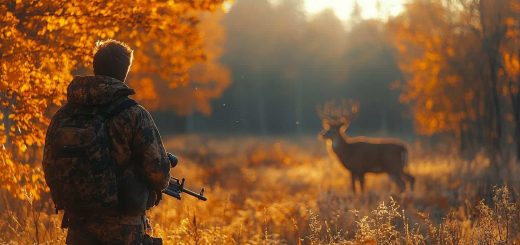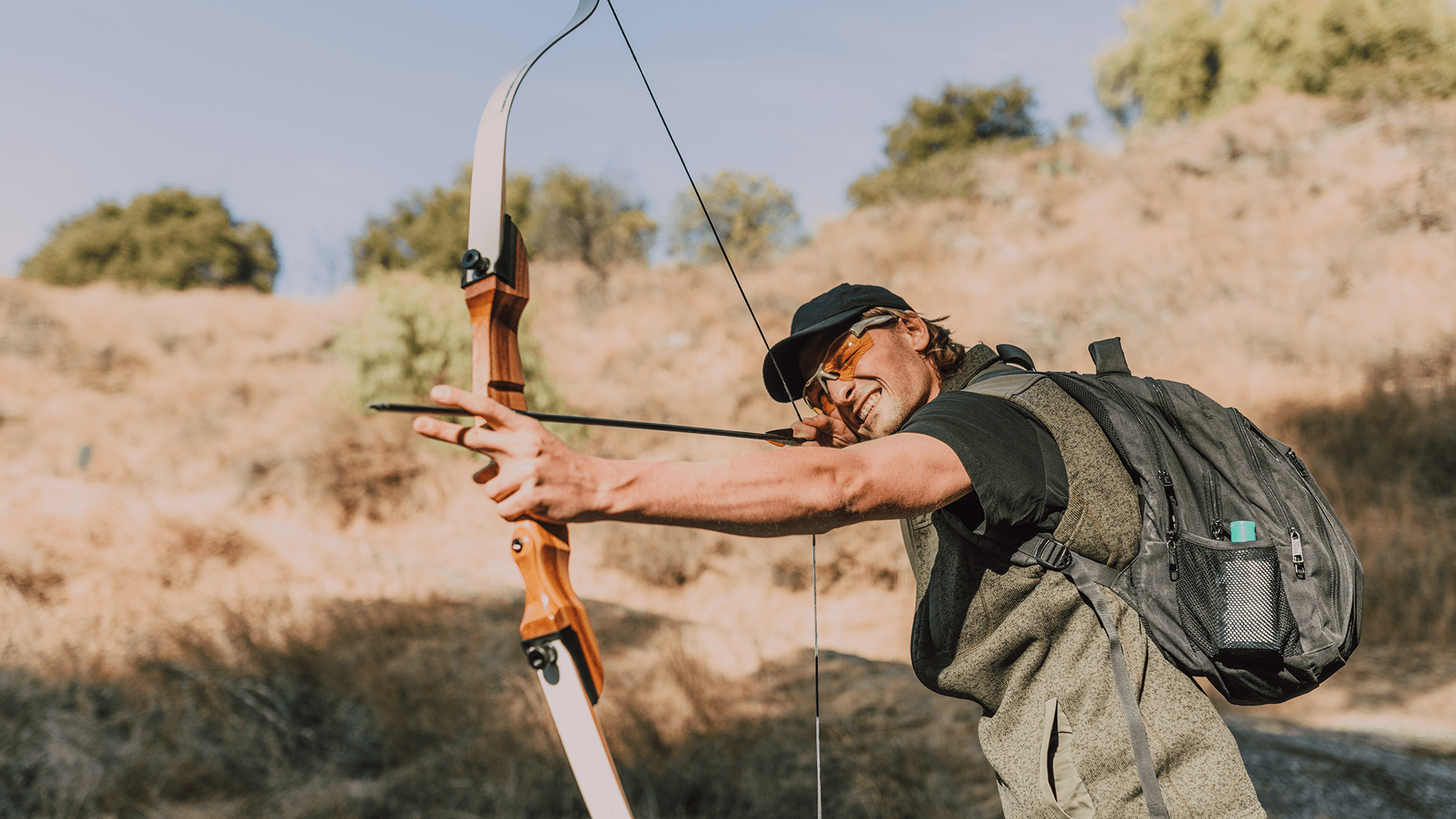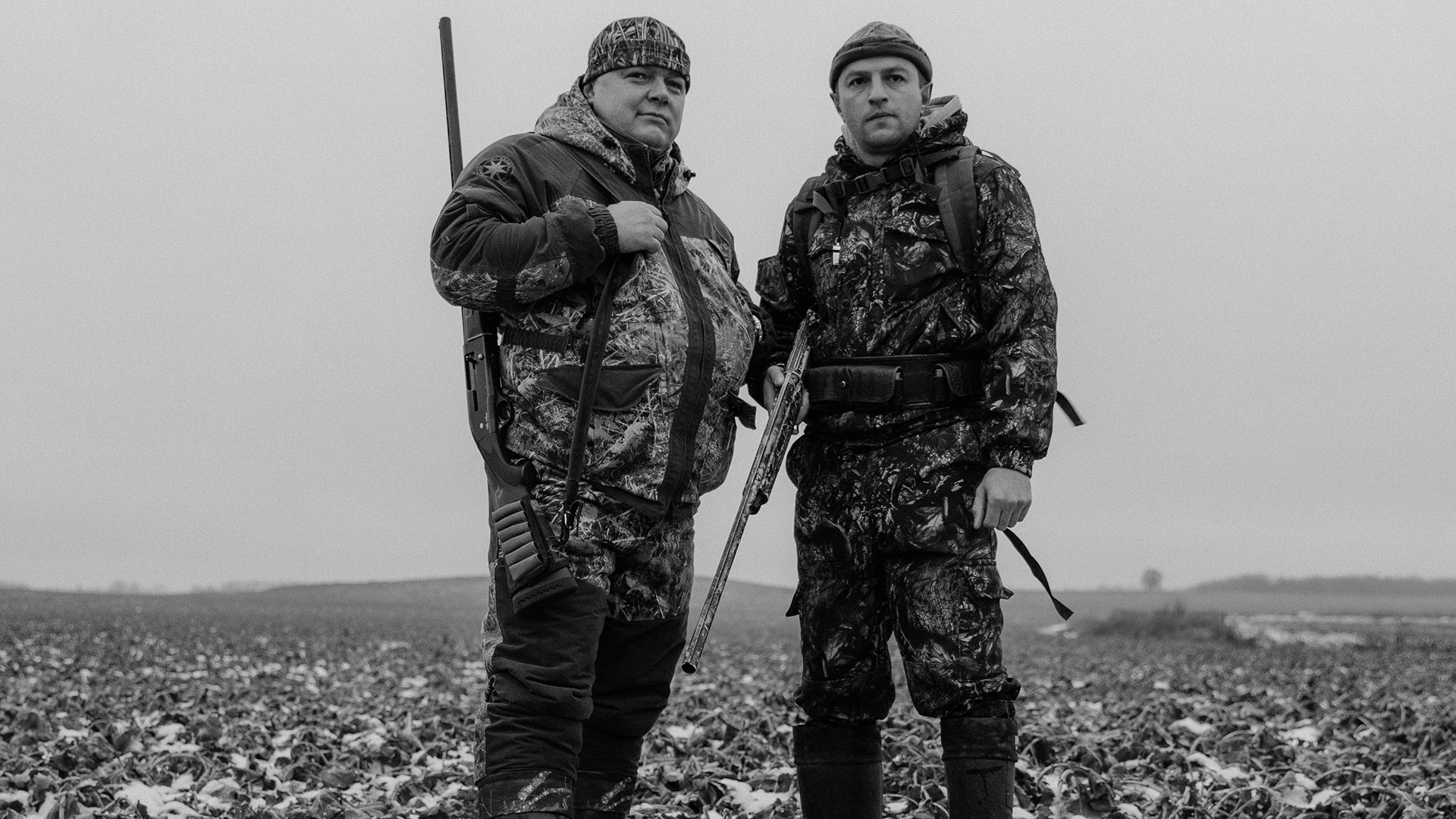Crafting the Ultimate Hunting Hideaway
Picture yourself nestled in the heart of nature, with the crisp dawn air filling your lungs and the sounds of wildlife surrounding a well-constructed hunting hideaway. For many hunters and outdoor enthusiasts, this is the ultimate dream—a secluded retreat where they can immerse themselves in the wilderness, away from the hustle and bustle of everyday life. Creating your own hunting hideaway not only enhances your hunting experience but also allows you to connect more deeply with nature. This guide will take you through the process of planning, designing, building, outfitting, and maintaining your perfect hunting hideaway, ensuring you are fully prepared for your wilderness adventures.
Planning Your Hideaway
Before laying the first log, planning is crucial. Choosing the right location for your hideaway can make all the difference. Look for an area that offers natural cover and is frequented by the game you’re interested in. It’s essential to conduct thorough research on the types of wildlife in the region, considering their habits and habitats. This will help ensure your hideaway is strategically placed for optimal success.
Legal considerations are integral to the planning process. Ensure that you’ve obtained all necessary permits and adhere to local regulations. Every state or country has different rules regarding land use and construction, so it’s vital to consult with local authorities or an environmental lawyer. Ignoring these regulations can lead to hefty fines and the dismantling of your hideaway.
In addition to legalities, consider the ecology and sustainability of your chosen site. Ensure that your presence won’t disrupt any sensitive ecosystems or endangered species habitats. A responsible hunter respects the land and its inhabitants, aiming to leave a minimal footprint. Consulting with a local ecologist can offer valuable insights into how to harmonize your hideaway with the environment.
Designing Your Space
Designing a comfortable and functional hideaway requires creativity and practicality. First and foremost, your design should prioritize comfort, blending functionality with a touch of luxury to ensure long stays don’t become cumbersome. Think about how you will use the space—whether it’s solely for hunting or if you also plan to use it for relaxation and socializing.
Choosing the right materials is crucial for both durability and camouflage. Opt for materials that can withstand the elements and offer natural blending with the environment. Wood, stone, and natural fabrics can provide longevity while enhancing the aesthetic appeal of your hideaway.
Incorporating sustainable and eco-friendly features is not only beneficial for the environment but can also improve the quality of your space. Consider solar panels for energy, rainwater harvesting systems for water supply, and composting toilets to minimize waste. These elements help create a self-sufficient hideaway that aligns with a conservationist ethos.
Building Your Hideaway
With your design in hand, it’s time to start building. Begin by gathering the necessary tools and safety gear, such as saws, hammers, nails, and protective wear. Safety is paramount, especially when working in remote locations, so it’s advisable to have a first-aid kit and a way to communicate with others in case of emergencies.
Construction should follow a step-by-step approach. Start with the foundation, ensuring it is solid and level to support the structure. Then move on to framing the walls and roof, taking care to reinforce them against potential weather challenges. If you’re not confident in your building skills, consider consulting with local contractors who have experience in constructing outdoor structures.
Working with local suppliers can be beneficial both logistically and financially. They can offer advice on material selection and often provide better deals than larger chain stores. Additionally, using locally sourced materials supports the local economy and reduces your project’s carbon footprint.
Outfitting Your Hideaway
Once your hideaway is built, it’s time to outfit it with the essentials. Start by selecting equipment and furniture that enhance comfort and efficiency. A sturdy bed, a table with chairs, and a cooking area are basic necessities. Choose items that are lightweight and easy to move, yet durable enough to withstand outdoor conditions.
Making the space cozy is key to enjoying longer stays. Consider adding soft lighting, warm textiles, and personal touches like photographs or artwork. These elements can transform a basic shelter into a welcoming retreat.
Storing and securing your hunting gear is crucial for both safety and convenience. Install racks or hooks for rifles and bows, and ensure that ammunition is stored separately in a locked container. This not only keeps your gear organized but also reduces the risk of accidents.
Maintaining Your Hideaway
Regular maintenance is essential to keep your hideaway in top condition. Conduct seasonal inspections to identify any repairs or updates needed, such as roof leaks or structural damage caused by weather. It’s easier to address small issues before they become major problems.
Protecting your hideaway from wildlife and weather is another important aspect of maintenance. Ensure windows and doors are sealed tightly to prevent unwanted animal guests, and consider using weatherproof materials for exposed areas. Regular upkeep ensures your hideaway remains a secure and comfortable refuge.
Practicing sustainable maintenance not only benefits your hideaway but also the surrounding environment. Use eco-friendly cleaning products, recycle waste, and avoid harmful chemicals. By doing so, you preserve the natural beauty of your site and contribute to the conservation of local ecosystems.
Conclusion
Creating the perfect hunting hideaway is a rewarding endeavor that provides hunters and outdoor enthusiasts with a sanctuary in the wilderness. From careful planning and thoughtful design to meticulous construction and maintenance, each step is a chance to craft a personalized retreat. By incorporating sustainable practices and respecting the natural environment, you ensure your hideaway is not only a place of comfort but also a testament to responsible outdoor living.
Now that you’re equipped with the knowledge to build your hideaway, why not take the next step? Share your own hideaway stories and tips with our community, and explore our blog for more insights into hunting and outdoor adventures. Whether you’re a seasoned hunter or a DIY enthusiast, there’s always more to discover in the great outdoors.




